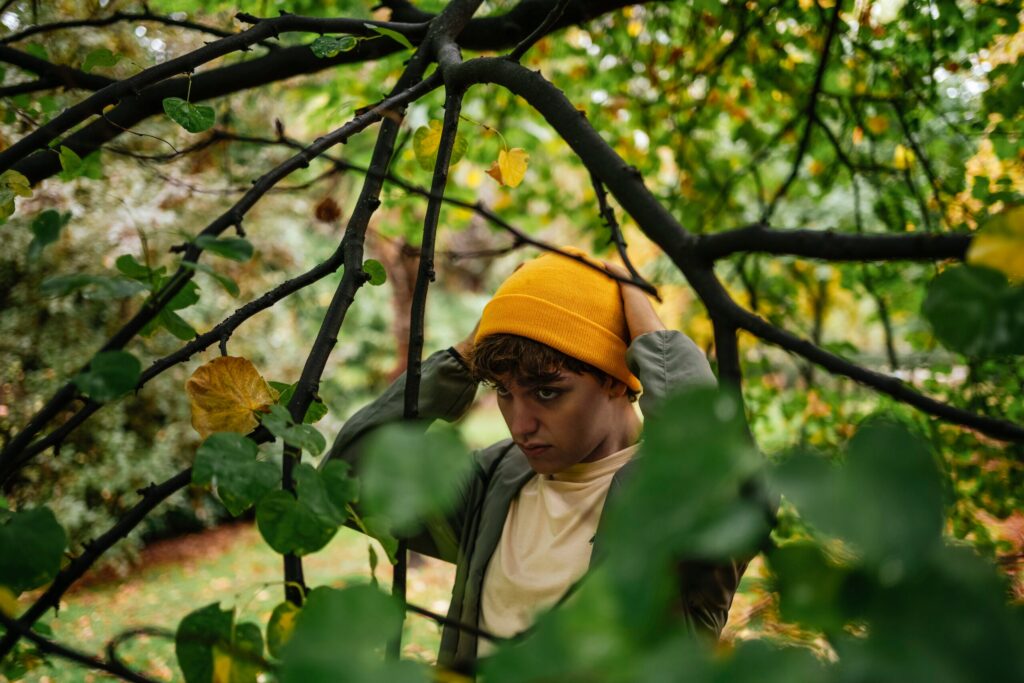Reports are rolling in of leaves changing early across western states. Here’s what it could mean for how we experience fall this year.
(Photo: Getty)
Updated August 28, 2025 07:10AM
As if your local Starbucks releasing pumpkin spice lattes in August wasn’t pushy enough, now nature is getting the early jump on fall.
Folks across the U.S. are reporting to neighbors and local weather stations on the shocking early arrival of fall foliage at their homes, nearly a month before the usual hello.
The 9NEWS Weather Impact Team in Denver, Colorado reported that leaves are already turning yellow, orange, and red in the western half of the state. The transformation is linked to statewide drought, caused by a weak snowpack during the 2024/25 winter, and insufficient summer rainfall.
But it’s not just that color change is prematurely happening.
“Trees are experiencing stress,” AccuWeather Senior Meteorologist, Tom Kines, told Outside. There’s another dynamic at play with trees that Kines also shared.
What We’re Missing
As the days grow shorter and temperatures drop, the natural process of color change occurs. Trees are sent signals to slow down on their production of chlorophyll and vibrant shades of yellow, orange, and red emerge.
Drought conditions such as high heat and less rain fall deprive leaves of the moisture needed to produce chlorophyll that keeps them green. Soaring temperatures and drought also sends trees into stress, dulling the experience of fall foliage.
“The leaves are turning colors too quickly,”Kines said. “They are not as bright or vivid as they would be.”
Current reports of early fall foliage are that the colors are less vibrant than in other years. Areas experiencing drought-like conditions, may see a less impressive fall.
Drought Happens Often. What’s Different This Year?
“In New England, a lot of those areas, while it’s been dry recently, they have received enough rainfall that their colors should be okay,” Kines said. For Western states, it’s a different story.
Kines also said that the timing and brilliance of foliage depends on when it rains. “If you have dry weather in the early part of the summer and rain second half, it will balance out things,” Kines said.
That checks out. In the Pacific Northwest where I am based, we’re used to high heat in June, this year it came later in the season. Excessive heat warnings have been issued across the Pacific Northwest as we end August. Washington and Oregon are still breaking 100 degrees Fahrenheit.
The bushes in my front yard started turning yellow last week.
Outside’s associate editor Madison Dapcevich recently reported on the best places to catch fall foliage this year, per the 2025 Farmer’s Almanac. As Kines mentioned, the Northeast will be the place to be, Acadia National Park (Maine) and Adirondack and Catskill Mountains (New York) made the top five.


